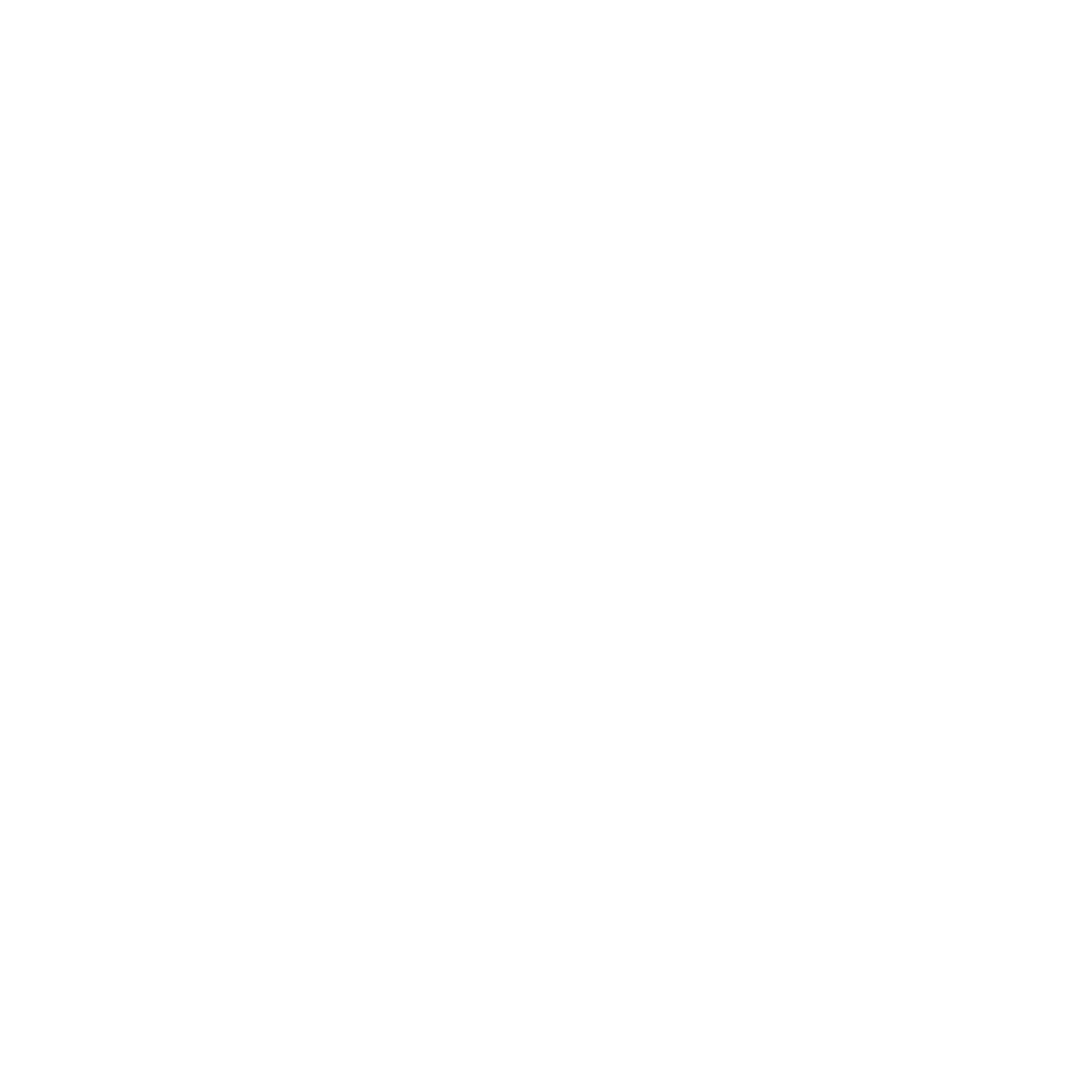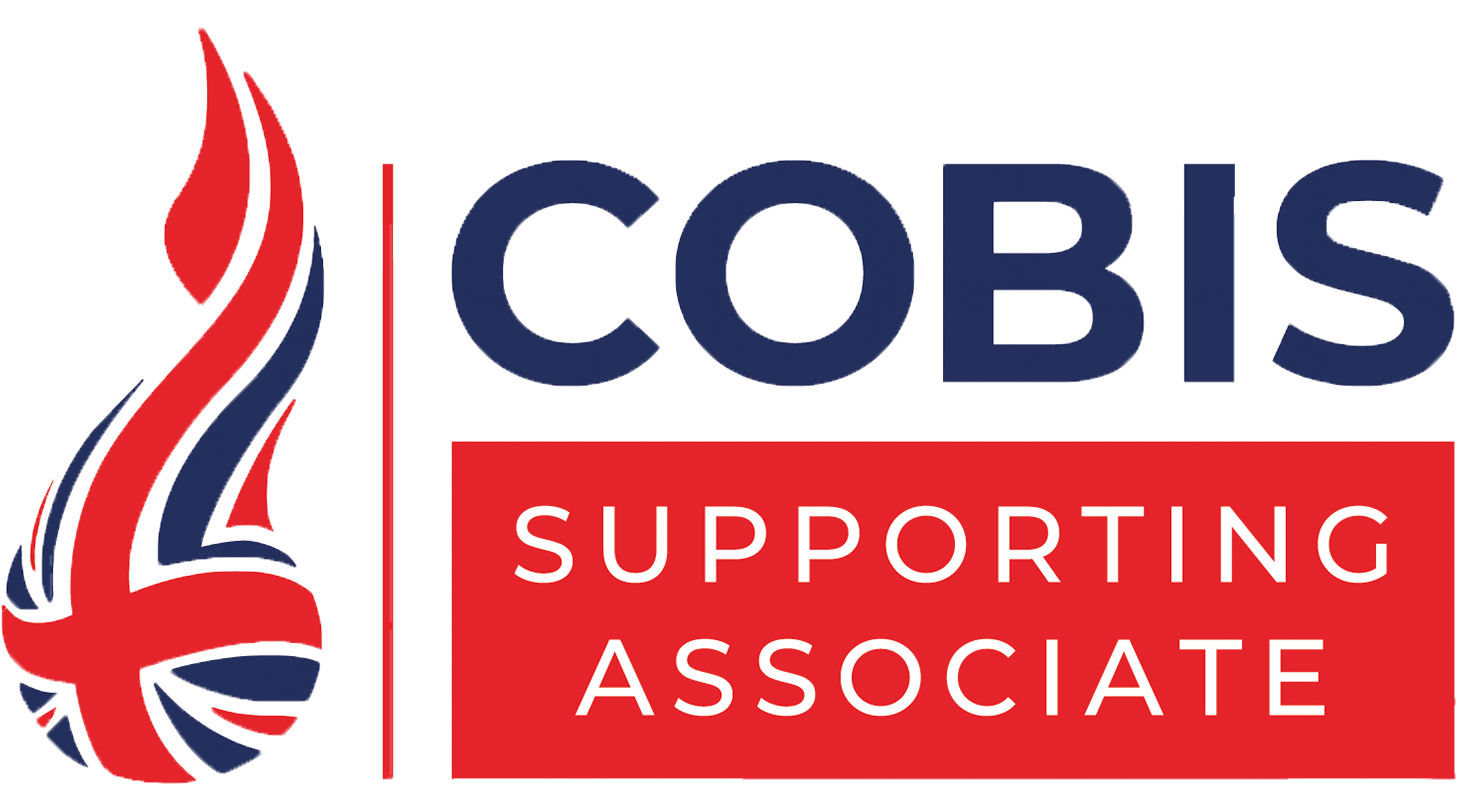The Great Teaching Toolkit: Evidence Review published in 2020 by Professor Rob Coe et al, focused on answering a key question:
What are the best bets for teachers to invest time and effort in if they want their students to learn more?
The authors reviewed existing research studies and frameworks that are relevant to the components and routes to improvement of teacher effectiveness. Their aim was to help teachers make better decisions about what they can best do to improve their effectiveness.
In summary, the review identified four priorities for teachers who want to help their students learn more (these are referred to as the four dimensions of ‘great teaching’):
- understand the content they are teaching and how it is learnt
- create a supportive environment for learning
- manage the classroom to maximise the opportunity to learn
- present content, activities and interactions that activate their students’ thinking
Dimension 3 focuses on ‘Maximising Opportunities to Learn’. Naturally, this dimension includes evidence relating to classroom routines, rules, expectations, and behaviours to prevent, anticipate or respond to any disruption to learning. However, element 3.1 also focuses on “Managing time and resources efficiently in the classroom to maximise productivity and minimise wasted time.” This element encourages teachers to consider and reflect on the resources and tasks used in a lesson, ensuring they are used effectively and efficiently to maximise learning opportunities, in contrast to wasting time.
There are several examples of classroom practices which have the potential to maximise opportunities for learning, but if not planned and delivered carefully, they could result in a waste of lesson time, therefore hindering teaching and learning. Below are some common examples:
Independent note taking
Older students are expected, and often required to write independent notes during a lesson or lecture. However, a common issue that can arise will involve some eager students trying to write down everything the teacher is saying, whereas others may write the bare minimum and other students are somewhere in between. The class notes should be a useful summary of the key content the students are expected to understand and know.
To ensure that all learners are taking efficient, accurate and relevant notes the teacher can signal and signpost with clear instructions as to what and when they should be writing. Emphasising when key points are important but also noting when information is relevant but not necessary to record. Another technique to maximise learning with independent note taking is through using a template or approach such as The Cornell Notes method, to provide students with explicit guidance and structure.
Think, Pair and Share (TPS)
It is a well-known and established classroom technique where learners have individual think time to respond to a question or problem, followed by pair discussion and concluding with the whole class sharing and discussing responses. This technique has the potential to support teaching and learning and enable students to develop a wide range of skills in a lesson. It can also be an opportunity to recall information from long term memory, articulate a response to a peer, and listen to the ideas and answers from others. However, if TPS is not structured and monitored carefully it can easily become an activity where students are not focused and use it as an opportunity to think about or discuss things not relevant to the lesson.
Another example where learning can be maximised is through the use of feedback to move learners forward. However, if students do not read, respond, or engage with the feedback provided, then ultimately, that feedback will not have a positive impact on learning and will have been a waste of time. It is vital learners understand the importance and role of feedback in their progress. Teachers can ensure learners respond to feedback through providing actionable feedback, where learners are tasked to act on the feedback to make improvements and continue to develop.
Find out more about The Great Teaching Toolkit: Evidence Review and to complete a course specific to Dimension 3 click here.
This course provides an evidence-based overview of why and how maximising the opportunity to learn helps both teachers and students, and what great teachers do in pursuit of it. Users can explore how these principles can be applied in the classroom, before practising selecting and adapting individual teaching strategies for different contexts to prepare for the next steps of personalised professional development.
References:
Coe, R., Rauch, C.J., Kime, S., & Singleton, D. (2020). The Great Teaching Toolkit: Evidence Review. https://evidencebased.education/great teaching-toolkit/
Lemov, D. (2014). The Do Now: A Primer. Doug Lemov’s field notes https://teachlikeachampion.org/blog/now-primer/





